Texas A&M University – Health Technologies Innovation Building
Gensler designed the Health Technologies Innovation Building at Texas A&M University in College Station, Texas.
The University entered the project with modest expectations of general lab space. Gensler elevated the design to deliver a state-of-the-art lab and collaboration space, with the flexibility to adapt to different uses—all without impacting the budget or schedule.
The renovation and creation of the Health Technologies Innovation Building was spurred when Texas A&M University researchers received a National Science Foundation grant. Additionally, researchers at Rice University, the University of California at Los Angeles, and Florida International University will participate as co-investigators in the project.
The purpose-driven research goals are to develop affordable access to life-saving medical device technologies, such as a sensor implant the size of a grain of rice to monitor patients with heart conditions or diabetes. For diabetics, the researchers aspire to build a watch-like device to monitor glucose levels and heart biomarkers that can transfer the information to a mobile device and health care provider, reducing the patient’s commutes to the clinic for testing.
Prior to the renovation, the window-less building was operating as an Ocean Engineering Laboratory with a large wave tank occupying the space. Gensler’s design team transformed the building into a cutting-edge research facility, complete with collaboration space, general wet labs, chemistry labs, a Class 1,000 ISO6 clean room, faculty offices, researcher bullpens, a multipurpose gathering space, and a reception area.
To make the 30-foot ceilings feel more human-scaled, our design team created 10-foot-tall jewel box structures within the building. Vertical accent lights highlight corridors and recessed linear lights are featured along the spine of lab spaces. Transitional space was thoughtfully placed at a crossroads to encourage interaction and spontaneous collaboration between researchers. Windows were punched through the building facade throughout to bring in natural lighting.
To appeal to private companies, the design aesthetic is based on a dynamic and corporate feel. The color palette was adapted from Texas A&M University’s Fish Camp brand standards, rather than the familiar maroon and white. Industrial inspired environmental graphics serve as wayfinding throughout the building and energize the space.
Architect: Gensler
Contractor: Marek Brothers Construction Inc
Photography: Peter Molick


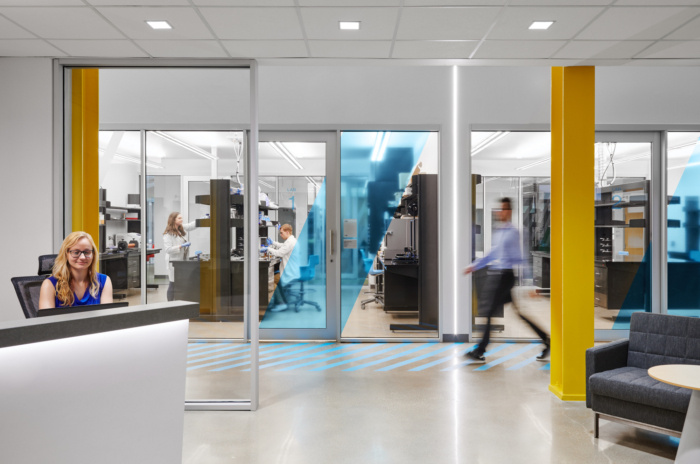
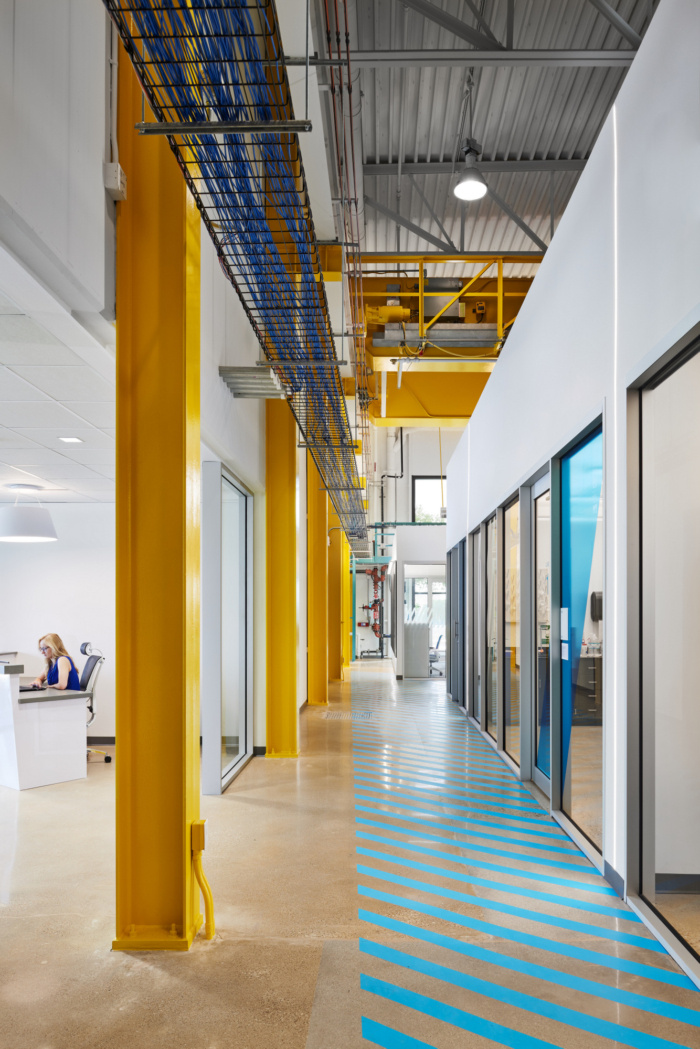
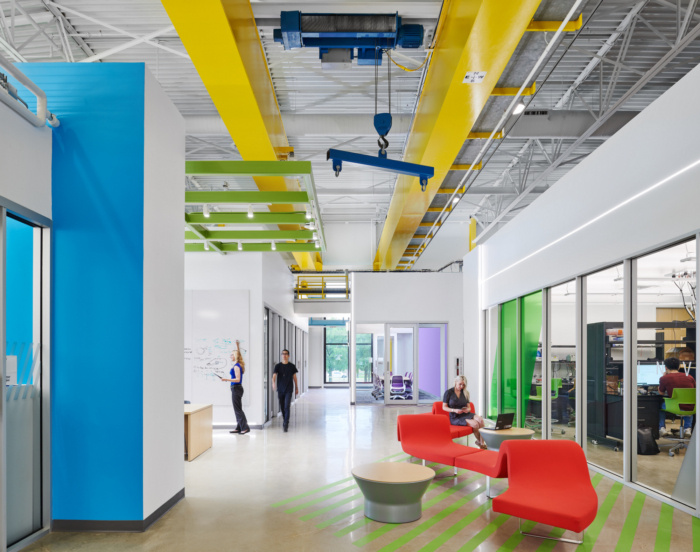
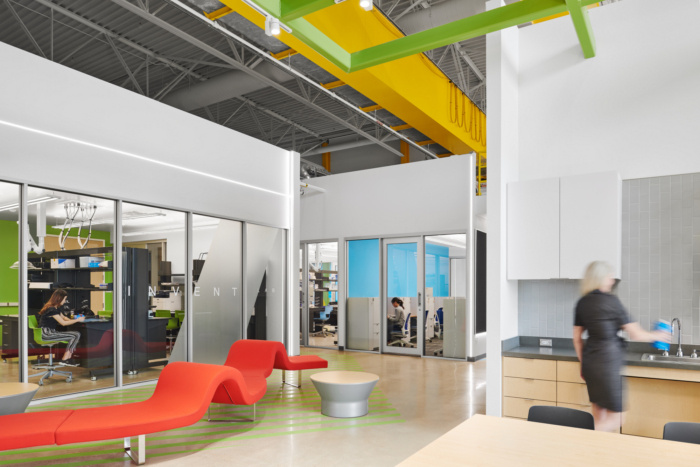
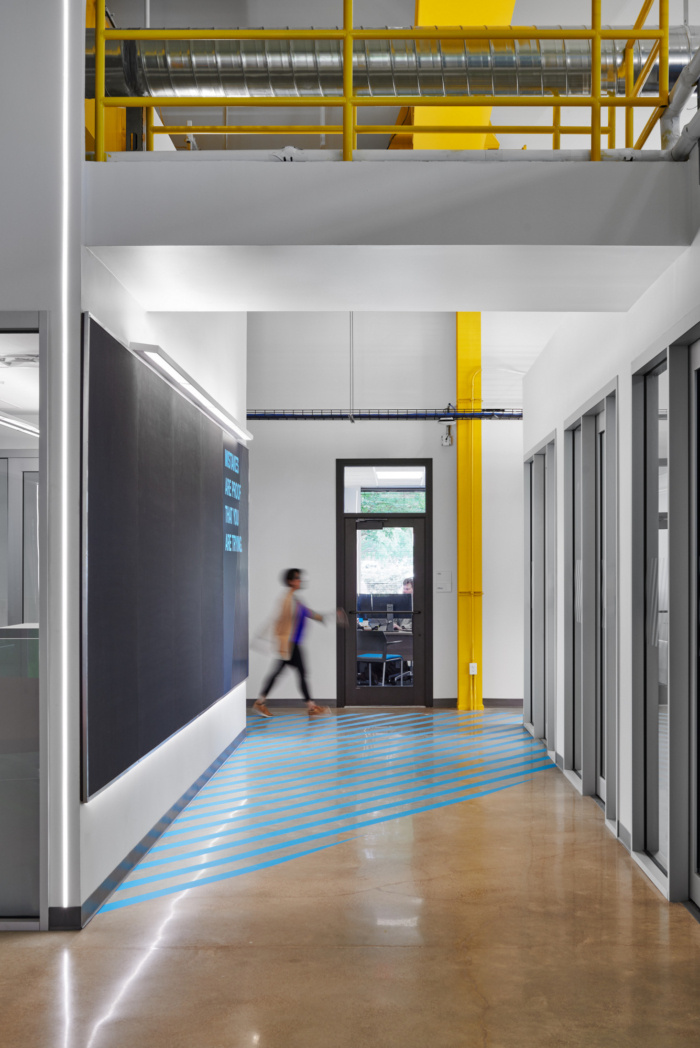
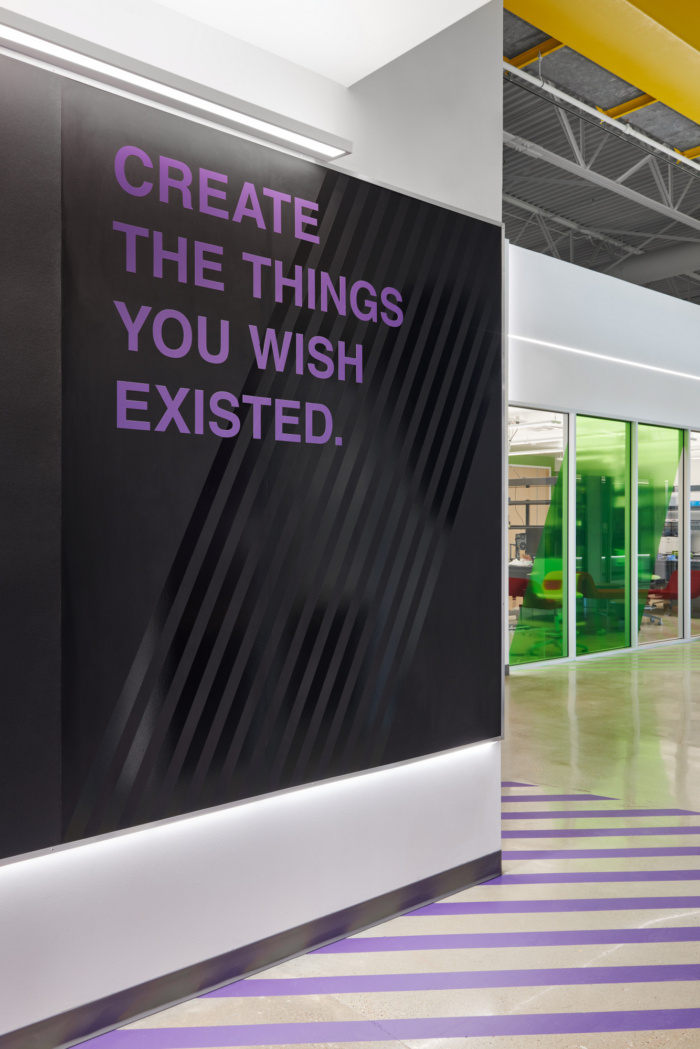




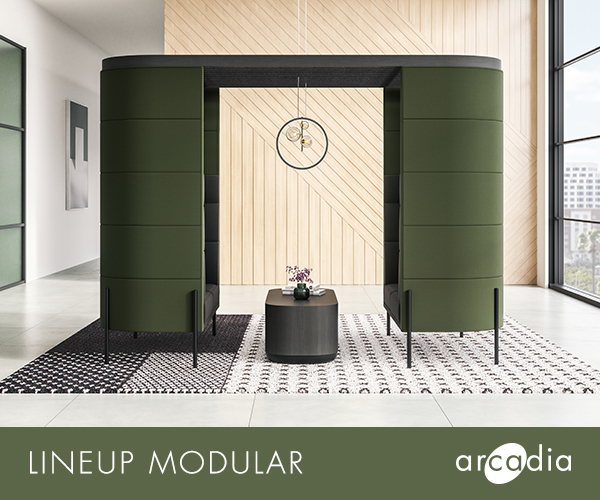
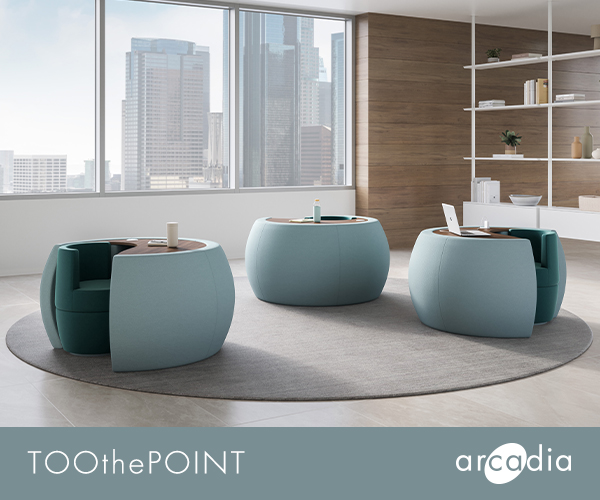




Now editing content for LinkedIn.